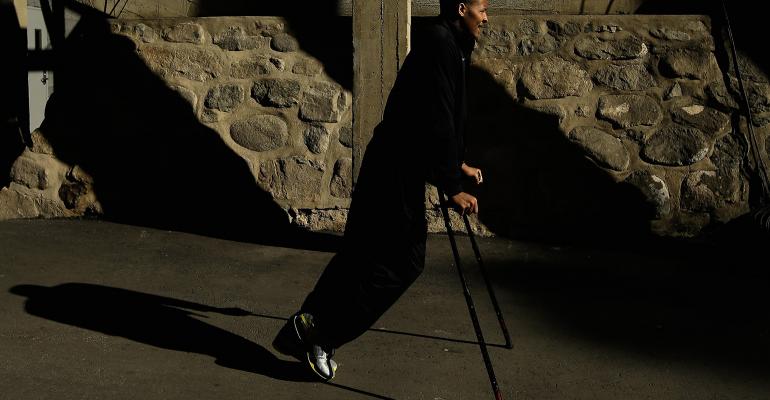Are college athletic departments a new growth area for insurance agents?
A recent article by SI.com’s Andy Staples discusses the rapid shift as players increasingly opt for "loss-of-value" policies over total disability. A loss-of-value policy covers a player not only against injuries that end a career, but also those that cause a player to drop in the NFL draft.
Total disability policies were long the standard largely because they were the cheapest and, because of NCAA rules, the only option available to college athletes. Staples writes that the average total disability policy costs about $10,000 for every $1 million insured. Tacking on a loss-of-value rider to the policy adds an additional $4,000 per $1 million.
College football players aren’t paid and are just as broke as your average college student. In addition, they are bound by the arcane strictures of NCAA eligibility rules in terms of financing expensive insurance premiums. Prior to 2014, the NCAA allowed players to borrow against future earnings to pay for total-disability policies. For many, this was the only realistic method they’d be able to use to raise the $50,000 some-odd dollars a decent policy would cost.
So what drove the change? The first is the rapid improvement in sports medicine. Career ending injuries are far less likely nowadays than in the past, so it’s rare for a player to collect on a total disability claim. It’s far more likely that a player who suffers a severe injury continues playing, but less effectively, and achieves lesser draft status. That makes loss-of-value policies more attractive.
The more important factor is a 2014 change in NCAA rules that lets players borrow against future earnings to pay the premiums for loss-of-value policies in addition to total disability. The extra $20,000 it takes to add loss-of-value protection is much more palatable when taken as a loan against future earnings than when it has to come straight from the player’s own pocket.
Additionally, schools are helping finance the policies. Many athletic departments have an NCAA-approved student assistance fund intended to help cover unplanned expenses. The NCAA has approved the use off these funds to cover insurance premiums for student-athletes. Since 2014, schools hungry for every advantage drawn from these funds to procure policies for top players. All else being equal, a school willing to furnish $50,000 worth of insurance (once draft eligible) on an incoming recruit could tip the balance in their favor on signing day.
It’s wild to think that in addition to the quality of their coaching staffs, facilities and programs (not to mention more scandalous incentives), schools now trot out insurance agents to lure prospective recruits.

